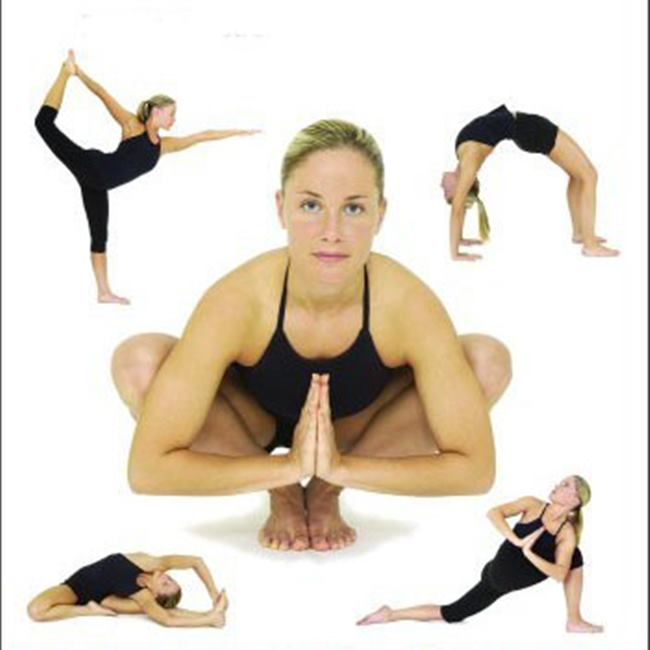
Now a days yoga is being practiced almost all over the world mostly by the people who are living in cities. They are practicing yoga because they want to energize, re-charge and rejuvenate their lost energy during the day time because of their hectic, busy schedules. This besides being re-couping their lost energy also helps to exercise them physically, mentally and spiritually.
Yoga is always advised to practice in an open ground preferably on the bank of river in the early hours of morning before sunrise and breakfast or in the evening before sun set. In cities because of urbanization, the people lack these facilities as compared to the people living in rural areas. Yoga is practiced in empty stomach or 3-4 hours of meals. If someone wishes, they can have light snack two hours before the yoga practice. One should clean their bowel system completely before the start of yoga. Breathing is always through nostrils unless and until it is specifically told by the yoga teacher.
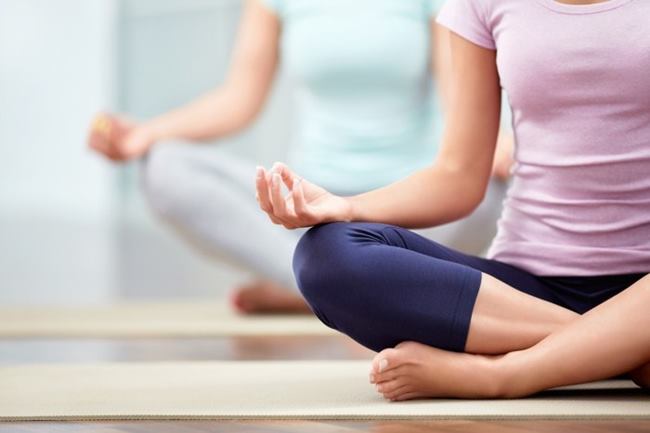
According to Patanjali, there are 8 limbs of yogas.
Patanjali‘s 8 Limbs of Yoga
Patanjali presented 8 disciplines to yoga. These must be practiced in order to become aware of one’s true self.
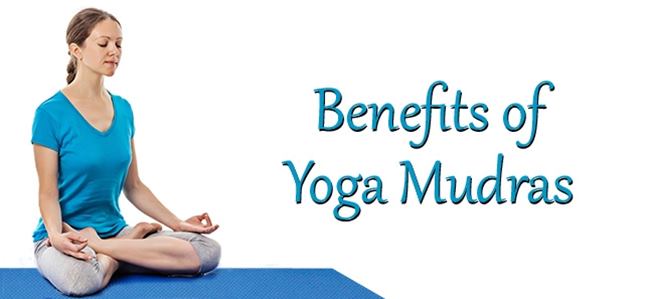
Patanjali’s 8 limbs of yoga include;
1. Yama – Social behavior which is the moral principles of non-violence, truth, non-stealing, non-lust and non-possessiveness.
2. Niyama – Inner discipline which includes purity, contentment, austerity, study of the scriptures and awareness of the divine.
3. Asana – Practice of the yoga postures.
4. Pranayama – Prana is energy which is present everywhere and which flows through us through breathing. Pranayama refers to the control of breath.
5. Pratyahara – Withdrawal and control over the human senses. This occurs while meditating, practicing yoga postures and breathing.
6. Dharana – Concentration on a particular point or object to keep the mind free of distraction.
7. Dhyana – Meditation in order to attain a state of heightened awareness.
8. Samadhi – A higher state of being or bliss in which the ego ceases to exist and the true, pure nature of an individual emerges.
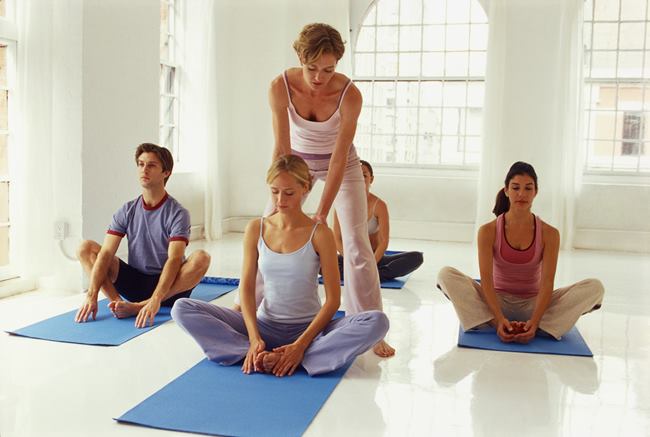
The yoga philosophy of patanjali which comprises the sutras is still considered to be one of the most enlightening studies of human awareness.
Yoga comes from the Sanskrit word ‘Yuj’ which means to unite or to join or to yoke. People generally think that yoga is a series of exercises with twisted body poses, it is not so.
The main aim of Yoga is to help one connect with one’s inner spirit, which is connected to the universal spirit or God. Yoga creates a balance between the body and the mind and to attain self-enlightenment.
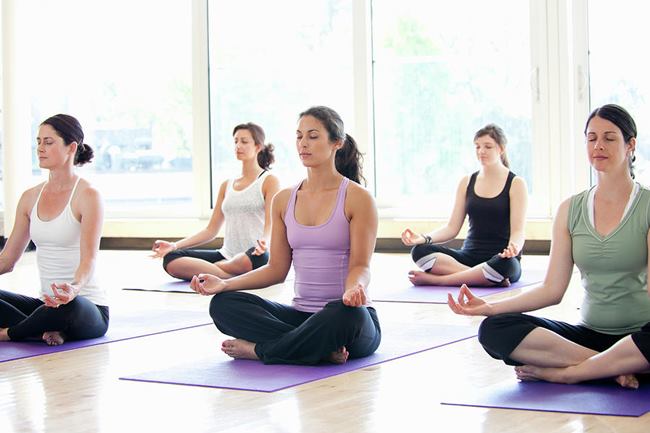
Yoga brings stability to the body and the wavering mind. In order to accomplish it, Yoga makes use of different movements, breathing exercises, relaxation technique and meditation. Yoga is associated with a healthy and lively lifestyle with a balanced approach to life.
It is the union between the mind, body and spirit. It involves the practice of physical postures and poses, which is referred to as ‘Asana’ in Sanskrit. Our modern day lifestyle is too hectic and puts a lot of stress on us which in turn causes a lot of life style problems like obesity, hypertension, high cholesterol, diabetes etc. Yoga is the answer to all these problems. It offers harmless solutions to these problems in the form of relaxation.
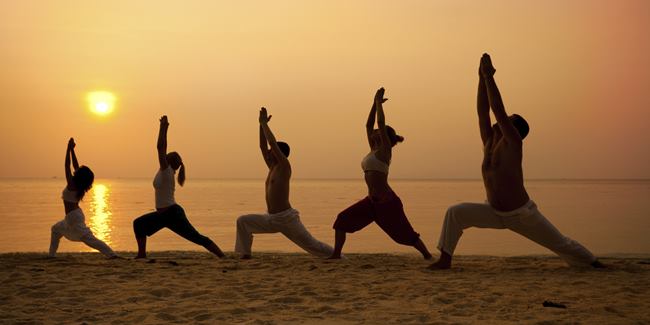
Studies in the field of medicine suggest that Yoga is the only form of physical activity that provides complete exercise to the body as it incorporates different aspects of science, philosophy and art. It is one of the most effective and integrated systems for gaining control and experiencing supreme joy in life.
It helps one achieve optimum physical and psychological health. It is a system of physical, mental and spiritual techniques and is a practical, lively approach to life. It is the master key to open the realms of everlasting bliss and deep-residing peace.
Major branches of Yoga in Hindu philosophy include Raja Yoga, Karma Yoga, Jnana Yoga, Bhakti Yoga, and Hatha Yoga.
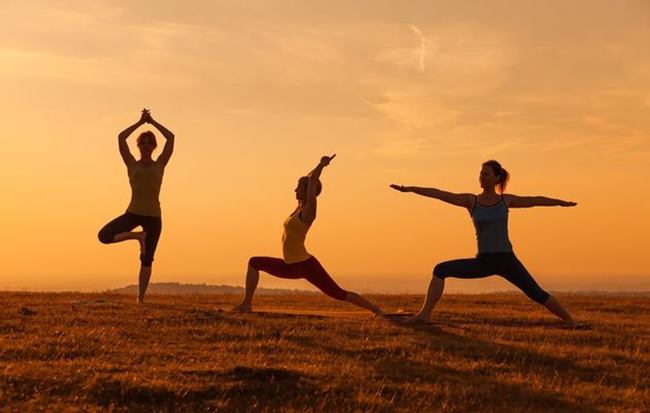
Yoga has gained immense popularity during the last few years and today over 30 million people practice Yoga on regular basis. Yoga is the most rapidly growing health movement of today, despite having existed for thousands of years already.
Yoga, at its physical level is aimed at cleansing practice which can be very effective in addressing various disorders. Some of the main yoga benefits include increasing one’s flexibility. The various different yoga positions work on all the different joints found in the human body.

YOGA AND ASANA
The word yoga means “union” in Sanskrit, the language of ancient India where yoga originated. We can think of it as the union occurring between mind, body, and spirit. Yoga is not a religion, but it is a philosophy that has endured 5,000 years.
Yoga refers to the practice of physical postures or poses called “asana’s”. Asana is only one type of yoga.
Today, however, the words ‘asana’ and ‘yoga’ have become almost synonymous. With increased awareness, the poses become meditation-in-action with awareness of the breath flowing through the body.
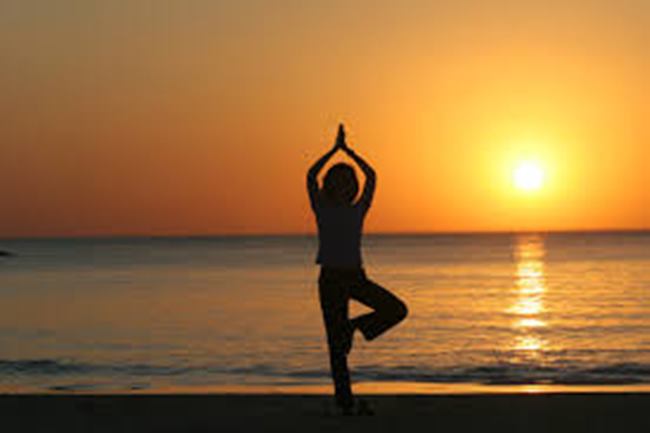
Each of the poses has specific physical benefits. Physical tension and imbalances are brought to attention and begin to release. The poses can be done quickly in succession, creating heat in the body through movement or more slowly to increase stamina and perfect the alignment of the pose. There is an ideal way that each pose should be performed.
Many people think that yoga is stretching. But while stretching is certainly involved, yoga is really about creating balance in the body through developing both strength and flexibility. Most types of yoga are more concerned with mental and spiritual well-being than physical activity.

Anyone can start a yoga practice, even if you don’t feel like you are very flexible or very strong. These things will develop over time.
In yoga practice, it is not so important that how many Asanas you are doing, it is very much important, whatever the asana you do, how perfect you are doing is the criteria.
Another great thing about thinking of yoga as “your practice” is that it encourages the noncompetitive spirit of yoga. One of the most difficult, but ultimately most liberating things about yoga is letting go of the ego and accepting that no one is better than anyone else.
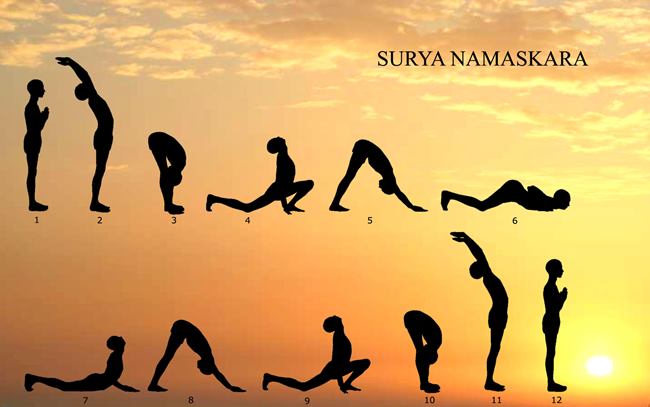
Everyone is just doing their best on any given day. The amazing thing about yoga is that your practice is always evolving and changing so it never gets boring.
YOGA COMPONENTS
Yoga classes may also include instruction on breathing, call and response chanting, meditation, or an inspirational reading by the teacher. The variety and amount of this will depend on the individual teacher and the tradition in which they have trained.
Typically, a yoga class at a gym will be more focused on the purely physical benefits of yoga, while one at a yoga center may delve more into the spiritual side.
Some people find that the physical practice of yoga becomes a gateway into a spiritual exploration while others just enjoy a wonderful low-impact workout that makes them feel great. Whatever your tendency, you will be able to find a yoga class that suits your style.
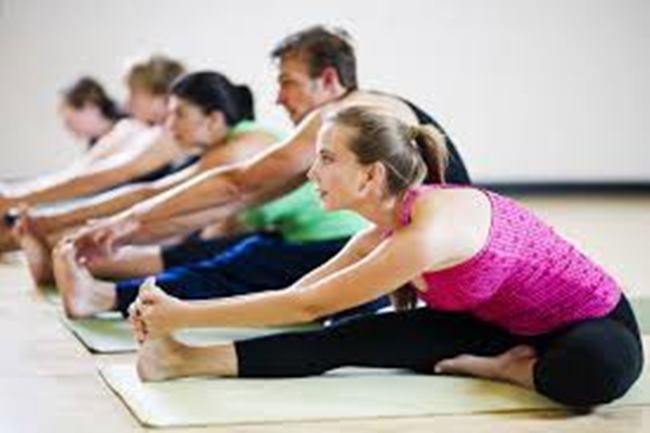
There are many different styles of yoga being taught and practiced today. Although all of the styles are based on the same physical postures (called poses), each has a particular emphasis.
HEALTH BENEFITS OF YOGA
There are many benefits of practicing yoga. Here are a few:
1. You’ll feel more relaxed, energized and learn to stay relaxed.
2. Your overall muscle tone improves as well as alignment.
3. You’ll add vitality to your spine, improving all systems of the body, especially the glands and nerves.
4. Digestion improves; gas and bloating lessens.
5. Your lungs expand, increasing oxygen intake.
6. You’ll 6. sleep better.
7. You’ll be less tired during the day with higher energy.
8. Your 8. immune system will strengthen.
9. You’ll learn to set aside time for yourself.
10. You’ll learn to trust yourself more.
11. Increasing Flexibility
12. Increasing lubrication of the joints, ligaments and tendons
13. Massaging of all organs of the body
14. Complete detoxification resulting in the optimum blood supply to various parts of the body.
15. Excellent toning of the muscles

Performed properly with a qualified teacher, the therapy of yoga movement often benefits physical conditions. Health improves as a result of improved alignment, flexibility or strength.
And just too simply set the record straight: Your chances of achieving an ultra-fit “celebrity body” just by
In fact yoga = meditation, because both work together in achieving the common goal of unity of mind, body and spirit – a state of eternal bliss.
The meditative practices through yoga help in achieving an emotional balance through detachment. What it means is that meditation creates conditions, where you are not affected by the happenings around you. This in turn creates a remarkable calmness and a positive outlook, which also has tremendous benefits on the physical health of the body.
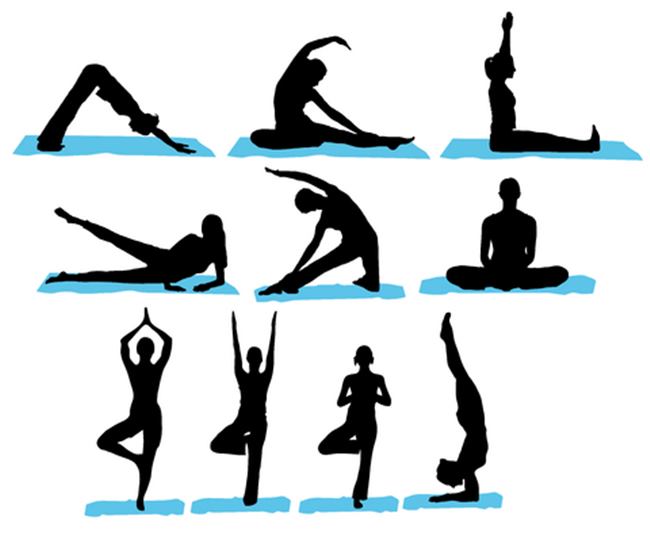
When to do Yoga?
The very best time to practice yoga is first thing in the morning before breakfast. Upon waking, empty the bowels, shower if you wish, then commence the day with your regime of yoga practices. The second most conductive time is early evening, around sunset.
Yoga Positions (Asanas) may be practiced at any time of day except within 2-3 hours of having eaten. You can do postures when the body feels stiff, tense, tired or hyped-up. Be aware not to do too many over-stimulating postures just before bedtime. Asanas are best practiced first in your yoga routine, followed by breathing (Pranayama) and then meditation.
Pranayama may be practiced at any time of day except within 2-3 hours after meals. It may be done when tense or tired or when space does not allow room for postures. Pranayama is best practiced straight after asanas without breaking the flow of awareness. Pranayama is a necessary pre-requisite for successful meditation.
Meditation may be done at any time of day when you feel both awake and relaxed. For best results don’t do meditation within 2-3 hours of eating, when sleepy, nor when mentally “hyped-up”.
Yoga Nidra can be done at any time of day, even directly after meals so long as you do not fall asleep in the practice. Don’t do Yoga Nidra when you feel tired or sleepy. More will be gained when you are both awake and relaxed.
Place of Practice
⦁ It is best is to have fresh air in a quiet and clean place that suits the concentration and awareness yoga will create.
⦁ Do not practice yoga in direct sunlight or after sun-bathing. Outdoors is OK but avoid cold wind and insects.
Awareness
⦁ Throughout yoga practices, try to keep your awareness on what you are doing. Don’t be concerned with others in the class or outside the room. Don’t overdo any one of the asanas and don’t compare your capabilities with others.
⦁ Proceed slowly and carefully. Follow the instructions exactly. Do your yoga slowly and gently according to your capacity but increase the capacity day by day.
⦁ Never force or strain. Relax briefly between each practice. Remember the golden rule: “If it’s uncomfortable – DON’T”.
Breathing
⦁ Always breathe through the nose both in and out,(Inhale and Exhale) unless specified otherwise. Remember “Nose for breathing-Mouth for eating”.
⦁ If you do have trouble breathing through your nose, practice ⦁ “Jala Neti” (Nasal Cleansing) or visit a doctor for medical inspection.
Restrictions & Precautions
⦁ There are no age limits either young or old for the practice of yoga. However the application of the techniques will vary according to the abilities of the practitioner. Keep in mind the following.
⦁ Never practice any yoga techniques under the influence of alcohol or mind altering drugs.
⦁ Those with disabilities, severe, acute or chronic medical conditions should consult both with their medical practitioner and their yoga teacher to assess any dangers or difficulties which may arise.
⦁ There are no hard and fast dietary rules necessary to begin the practice of yoga. One does not have to give up smoking, become vegetarian, or be a purist to learn yoga.
Some of the beneficial Yoga Postures:
How to do Surya Namaskar: Steps and Benefits
Without the sun, there will be no life on earth. Surya Namaskar or ‘Sun Salutation’ is a very ancient technique of paying respect or expressing gratitude to the sun that is the source of all forms of life on the planet. Symbolically, the sun becomes our source of energy as well.)
The solar plexus (located behind the navel, which is the central point of the human body), also known as the second brain, is said to be connected to the sun. This is the main reason why the ancient rishis recommended the practice of Surya Namaskar, because the regular practice of this technique enhances the solar plexus, which increases one’s creativity and intuitive abilities.
How to do Surya Namaskar: The 12 Poses
Step.1 (Prayer pose)
Stand at the edge of your mat, keep your feet together and balance your weight equally on both the feet. Expand your chest and relax your shoulders. As you breathe in, lift both arms up from the sides and as you exhale, bring your palms together in front of the chest in prayer position.
Step 2 (Raised Arms pose)
Breathing in, lift the arms up and back, keeping the biceps close to the ears. In this pose, the objective is to stretch the whole body up from the heels to the tips of the fingers. To get maximum benefits, you may pull the pelvis forward and ensure reaching up with your fingers rather than going backwards.
Step 3 (Hand to Foot pose)
Breathing out, bend forward from the waist, keeping the spine erect. As you exhale completely, bring the hands down to the floor, beside the feet.
Step 4 (Equestrian pose)
Breathing in, push your right leg back, as far back as possible. Bring the right knee to the floor and look up.
Step 5 (Stick pose)
As you breathe in, take the left leg back and bring the whole body in a straight line and keep your arms perpendicular to the floor.
Step 6 (Saluting with eight points or parts)
Gently bring your knees down to the floor and exhale. Take the hips back slightly, slide forward, rest your chest and chin on the floor. Raise your posterior a little bit .The two hands, two feet, two knees, chest and chin (eight parts of the body) should touch the floor.
Step 7 (Cobra pose)
Slide forward and raise the chest up into the cobra posture. You may keep your elbows bent in this pose, the shoulders away from the ears. Look up. As you inhale, make a gentle effort to push the chest forward; as you exhale, make a gentle effort to push the navel down. Tuck the toes under. Ensure you’re stretching just as much as you can; do not force.
(Step 8 (Mountain pose)
Breathing out, lift the hips and the tail bone up, chest downwards in an ‘inverted V’ (/\) posture. If possible, try and keep the heels on the ground and make a gentle effort to lift the tailbone up, going deeper into the stretch.
Step 9 (Equestrian pose)
Breathing in, bring the right foot forward in between the two hands, left knee down to the floor, press the hips down and look up and place the right foot exactly between the two hands and the right calf perpendicular to the floor.
In this position, make a gentle effort to push the hips down towards the floor, to deepen the stretch.
Step 10 (Hand to foot pose)
Breathing out, bring the left foot forward. Keep the palms on the floor. You may bend the knees, if necessary. Gently straighten the knees and if you can, try and touch your nose to the knees. Keep breathing.
Step 11 (Raised Arms pose)
Breathing in, roll the spine up, hands go up and bend backwards a little bit, pushing the hips slightly outward. Ensure that your biceps are beside your ears. The idea is to stretch up more rather than stretching backwards.
Step 12
As you exhale, first straighten the body, and then bring the arms down. Relax in this position; observe the sensations in your body.
Top 5 Benefits of Surya Namaskar
1. Improves Blood Circulation of the Body
Due to the active process of inhalation and exhalation, the lungs are constantly ventilated and the blood remains oxygenated. It’s a great way of detoxing your body and helping it get rid of excess carbon dioxide and other toxic gases.
2. Your Mantra to Weight loss
When done at a fast pace, it is a great cardiovascular workout that stretches the abdominal muscles while simultaneously helping you reduce excess weight around your stomach. The asanas also result in toning your arms, abs and giving great flexibility to your spine. Moreover, It helps to strengthen your entire skeletal system including your ligaments.
3. Promotes a Regular Menstrual Cycle
If you’re facing the problem of an irregular menstrual cycle, these asanas will help you suppress this irregularity and if practiced daily, it ensures an easy childbirth.
4. Benefits your Skin and Hair
By incorporating it in your routine it will keep you youthful and healthy even in old age. It improves your blood circulation that aids in bringing back the glow on your face; preventing the onset of wrinkles, making your skin look ageless and radiant. It also prevents hair loss and the ageing of hair.
5. Anti-anxiety and Calming Properties
Surya Namaskar helps to improve memory and the nervous system. Moreover, its stabilizes the activity of the endocrine and thyroid glands, thereby reducing anxiety and inducing the sensation of complete calmness and tranquility.
Tree Pose (Vrikshasana)
This posture replicates the graceful, steady stance of a tree. Unlike most yoga poses, the Tree Pose requires keeping our eyes open in order to maintain body balance.
How to do the Tree Pose (Vrikshasana)
⦁ Stand tall and straight with arms by the side of your body.
⦁ Bend your right knee and place the right foot high up on your left thigh. The sole of the foot should be placed flat and firmly near the root of the thigh.
⦁ Make sure that your left leg is straight. Find your balance.
⦁ Once you are well balanced, take a deep breath in, gracefully raise your arms over your head from the side, and bring your palms together in ‘Namaste’ mudra (hands-folded position).
⦁ Look straight ahead in front of you, at a distant object. A steady gaze helps maintain a steady balance.
⦁ Ensure that your spine is straight. Your entire body should be taut, like a stretched elastic band. Keep taking in long deep breaths. With each exhalation, relax the body more and more. Just be with the body and the breath with a gentle smile on your face.
⦁ With slow exhalation, gently bring down your hands from the sides. You may gently release the right leg.
⦁ Stand tall and straight as you did at the beginning of the posture. Repeat this pose with the left leg off the ground on the right thigh.
Benefits of the Tree Pose (Vrikshasana)
⦁ This pose leaves you in a state of rejuvenation. It stretches the legs, back and arms, and invigorates you.
⦁ It brings balance and equilibrium to your mind.
⦁ It helps improve concentration.
⦁ This posture has been found to relieve some cases of sciatica.
⦁ It makes the legs strong, improves balance, and opens the hips.
⦁ Helps those who are suffering from sciatica.
Contraindications of the Tree Pose (Vrikshasana)
Avoid doing this posture if you are suffering from migraine, insomnia, low or high blood pressure (those with high blood pressure may do this pose but without raising their hands overhead, as this may further raise their blood pressure).
Shekar Moily


